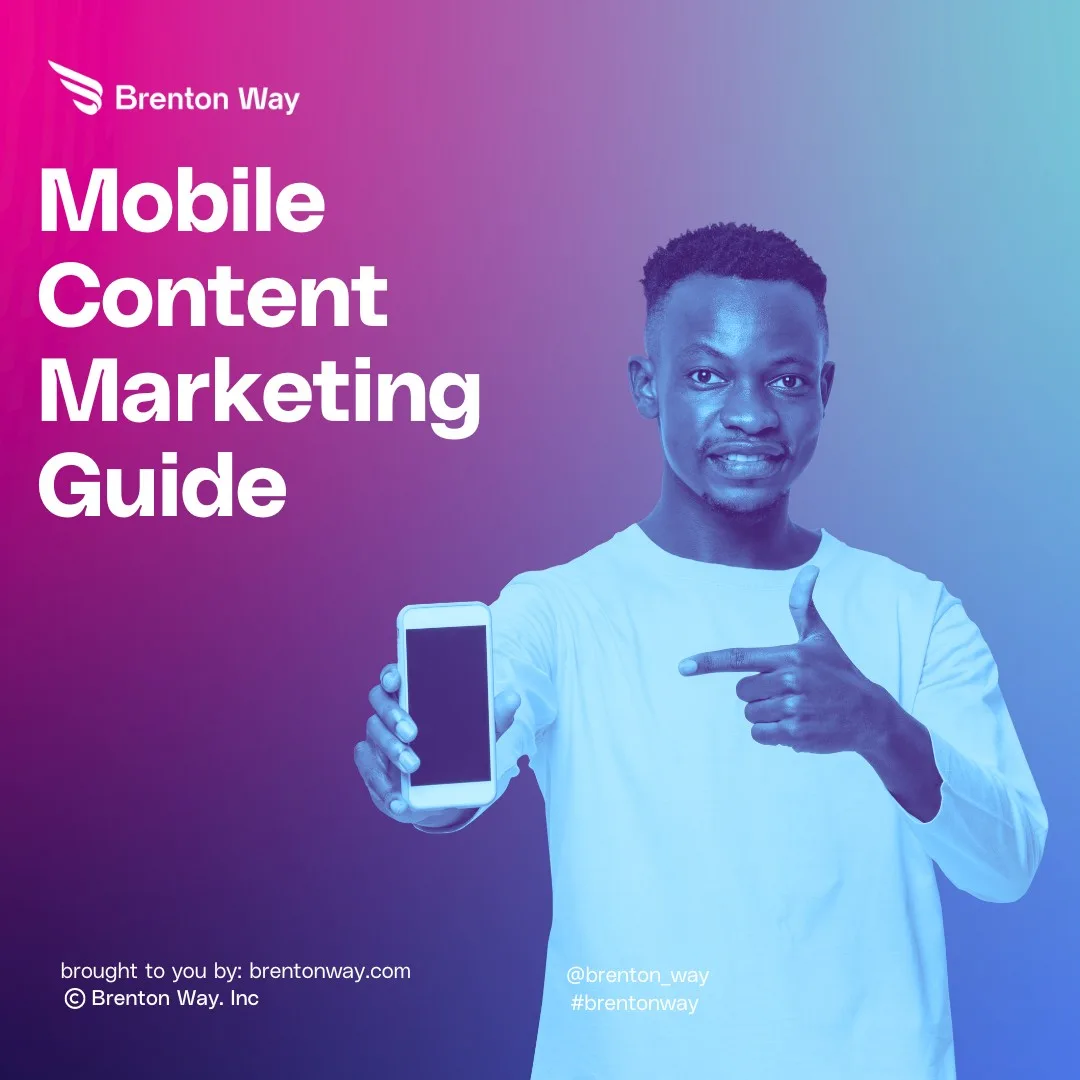
Cancer changes everything. The moment of diagnosis splits life into “before” and “after,” and suddenly, medical terms that once seemed distant become deeply personal. In this moment of vulnerability, how we talk about treatment options matters profoundly. Behind the impressive market projections and billion-dollar forecasts are real people sitting in waiting rooms, scrolling through their […]
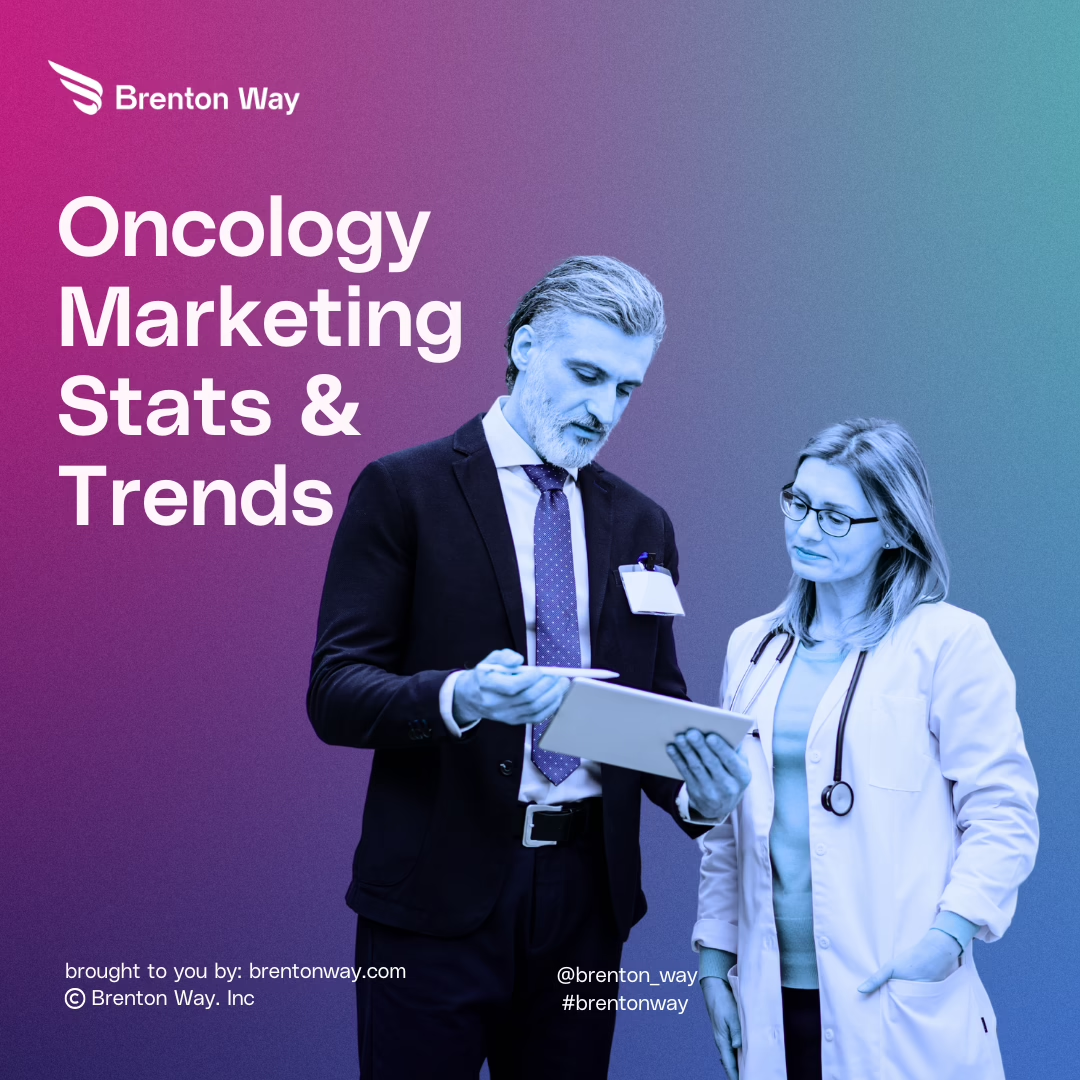
Cancer changes everything. The moment of diagnosis splits life into “before” and “after,” and suddenly, medical terms that once seemed distant become deeply personal. In this moment of vulnerability, how we talk about treatment options matters profoundly.
Behind the impressive market projections and billion-dollar forecasts are real people sitting in waiting rooms, scrolling through their phones at 2 AM, searching for answers and hope.
These are the real faces of cancer – not market segments or conversion opportunities. The evolution we are seeing in oncology marketing reflects a growing recognition that connecting with patients means meeting them in their fear, confusion, and courage with genuine humanity.
When done right, cancer communication is not marketing at all, it is a lifeline of clear information when everything feels uncertain.
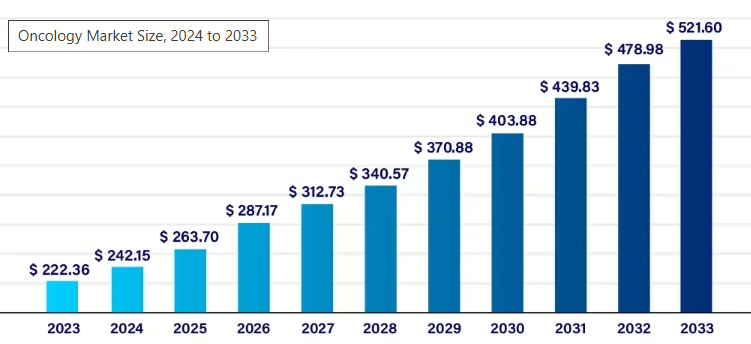
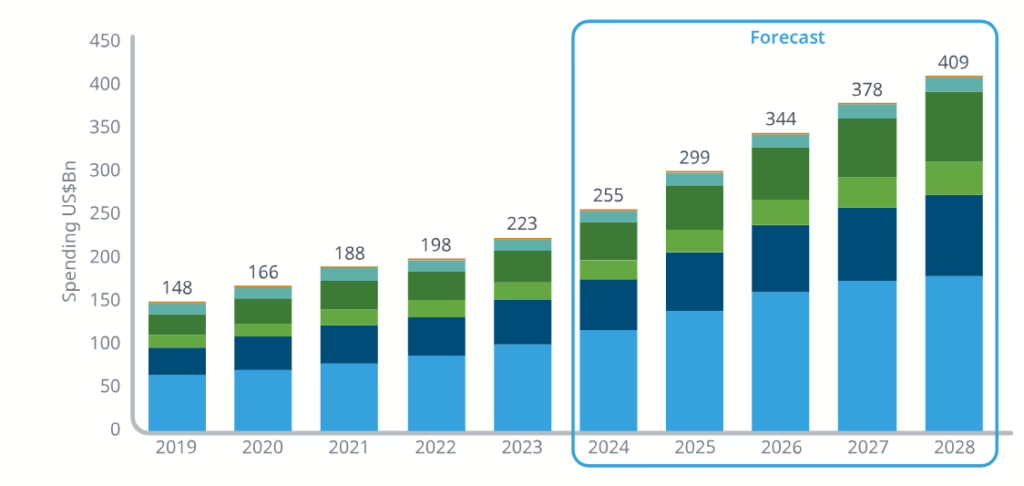

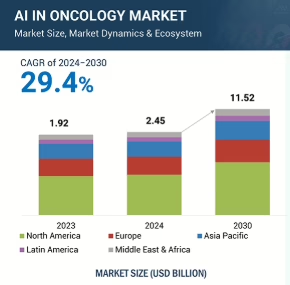

Also See: Biggest & Newest Healthcare Marketing Trends For 2024
Current cancer therapies are increasingly tailored to an individual’s distinct genetic characteristics. Marketing teams are discovering innovative methods to convey this intricate science in language that patients can grasp.
Picture being given a cancer diagnosis and listening to someone say: “This isn’t merely a treatment plan—it is tailored specifically for the genetic makeup of your cancer.”
Marketing campaigns currently employ straightforward analogies and visual narratives to illustrate how genetic testing can detect specific mutations in a tumor, and how particular medications aim to target those precise mutations.

These campaigns frequently showcase patient narratives that emphasize genuine experiences. For example:
“Prior to my genetic test, I was undergoing the same therapy as all others with my cancer type.” After testing revealed I had the EGFR mutation, my doctor recommended a pill that specifically addresses this mutation. “Three months later, my tumors reduced in size by 60%.”
Virtual reality is transforming our understanding of these complex treatments by enabling patients to virtually view how cancer treatments work within their bodies.
A patient can be transported to a blood vessel while wearing virtual reality goggles and see as an immunotherapy drug attaches to a cancer cell and marks it for the immune system to eliminate.
Reading a clinical article just cannot produce the same moment as this immersive encounter.
VR can help people feel less anxious by demythologizing their medical procedures as well.

They can see a virtual simulation that explains how their drug works, such as how it locates cancer cells, how it blocks certain pathways that cancer cells require to survive, or how it encourages their immune system to identify and combat the disease, rather than attempting to comprehend complicated medical terms.
Cancer care organizations are progressively partnering with patient advocacy groups to develop their marketing content. These collaborations incorporate the authentic voices and experiences of individuals who have encountered cancer directly.

For instance, while creating educational resources regarding a new treatment choice, oncology clinics could collaborate with survivors who can provide insights on what information would have been most beneficial during their treatment experiences.
This partnership ensures that marketing content reflects patients’ true concerns instead of relying on healthcare professionals’ assumptions about what patients wish to know.
The outcome? Info that appears more genuine and reliable for patients facing challenging treatment choices.
Also See: Top 106 Best Marketing Tools For Your Next Successful Campaign
New artificial intelligence tools are helping companies understand which patients need what information and when. Rather than using a one-size-fits-all approach, AI analyzes patterns to predict:
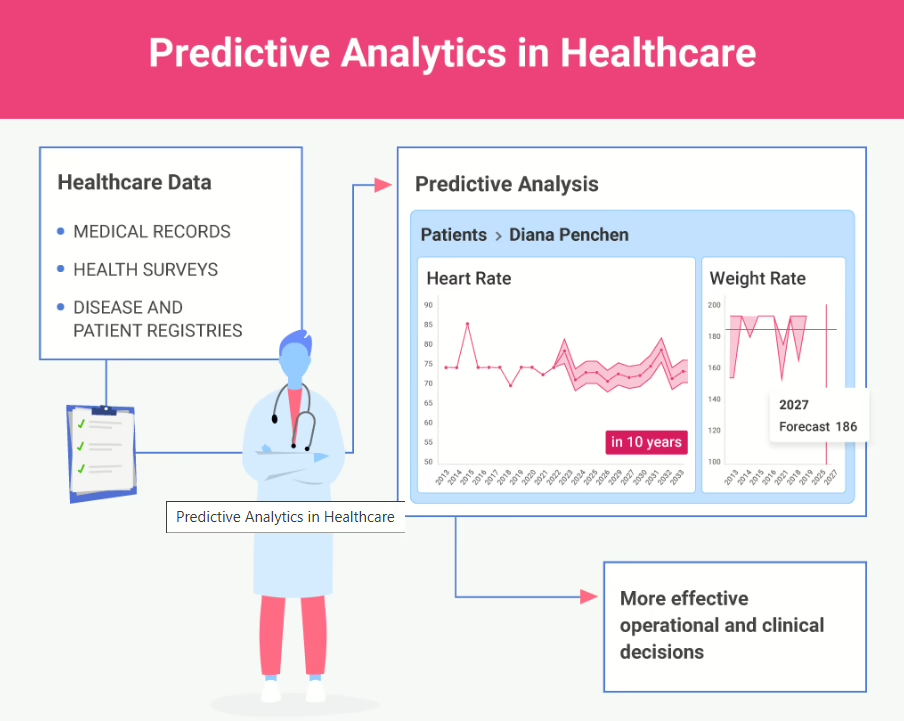
This personalized approach means patients receive information relevant to their specific situation when they need it most—not generic materials that miss their actual concerns.
Modern cancer marketing recognizes that treatment decisions rarely involve just the oncologist. Marketing efforts now aim to inform everyone involved in a patient’s care journey:
By educating this entire network, clinics help ensure consistent information reaches patients from multiple trusted sources, making complex treatment information more accessible and understandable.

Cancer treatment involves countless decision points — some planned, others unexpected. Modern marketing now focuses on providing helpful information exactly when patients need it most.
Imagine a newly diagnosed patient scrolling through their phone in the clinic waiting room, wondering what questions to ask during their first oncologist appointment. Companies are creating brief, practical content specifically for these crucial moments:
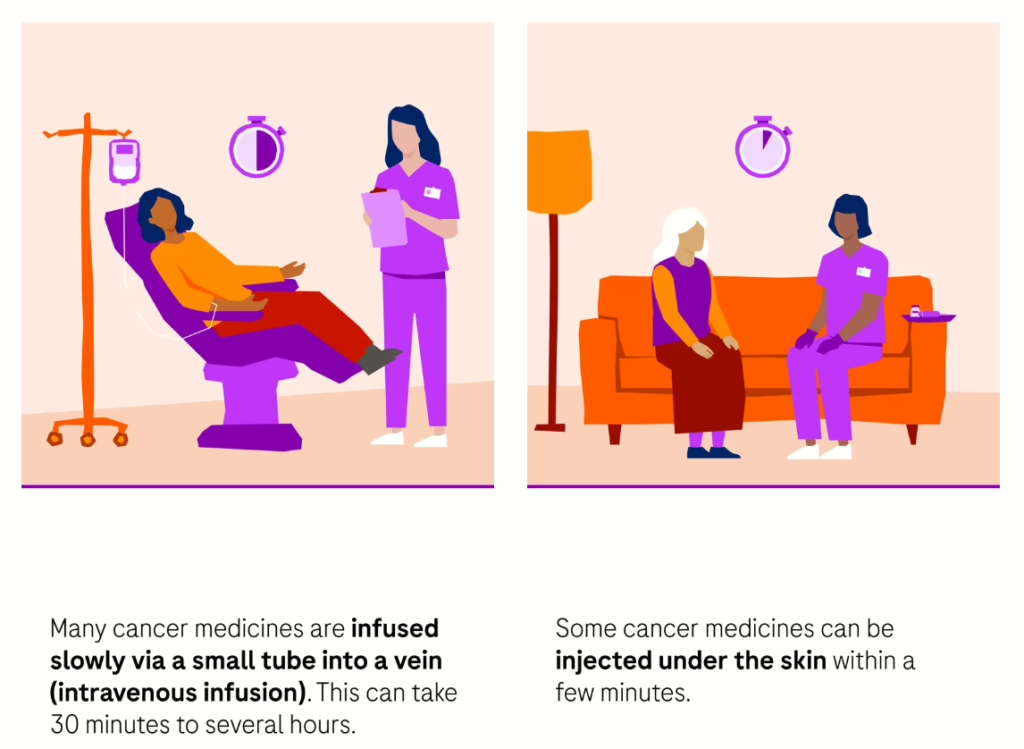

This approach recognizes that cancer patients often absorb information in small chunks during specific moments of need, rather than reading lengthy materials all at once.
Also See: 6 Steps To Create A Healthcare Marketing Plan
Cancer questions and concerns don’t follow business hours. That is why many oncology companies now offer intelligent digital assistants (sometimes called chatbots) that patients can access 24/7.
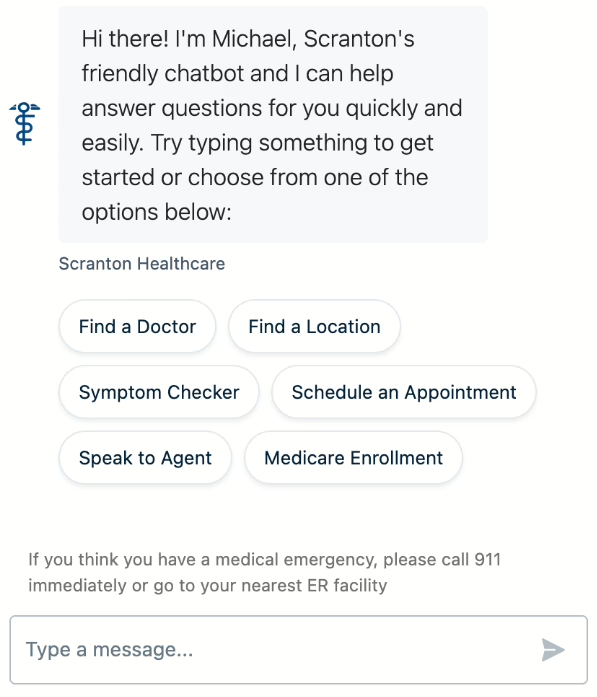
These tools have evolved far beyond simple FAQ systems. Today’s digital assistants can:
For example, a patient experiencing unusual symptoms at midnight can get immediate guidance on whether they should seek emergency care or if their symptoms can wait until morning—providing peace of mind when in-person support isn’t available.
In the sensitive world of cancer treatment, companies are discovering that total transparency is not just ethical, it is good business. Rather than downplaying challenges, forward-thinking companies are being completely upfront about:
This straightforward approach helps patients make truly informed decisions. It also builds deeper trust than traditional marketing that might emphasize benefits while minimizing drawbacks.
Each person’s experience with cancer therapy is unique. With consent from the patient, hospitals and clinics are now utilizing information from smartwatches and other medical devices to offer genuinely customized support during the course of therapy.
For instance, after starting a new medication, a patient’s wearable gadget may indicate that they are walking less or that their sleep habits are being disturbed.
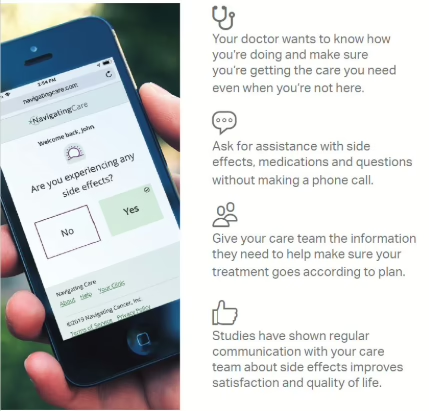
This information can trigger:
This approach moves beyond generic advice to offer practical support tailored to each patient’s real-time experiences. For instance, someone showing signs of treatment-related fatigue might receive different guidance than someone whose data suggests they are maintaining their normal routine.
The result is support that feels more like having a knowledgeable companion through treatment rather than receiving standard information packets.
Cancer research is changing dramatically as more clinical trials move beyond traditional hospital settings into patients’ homes.
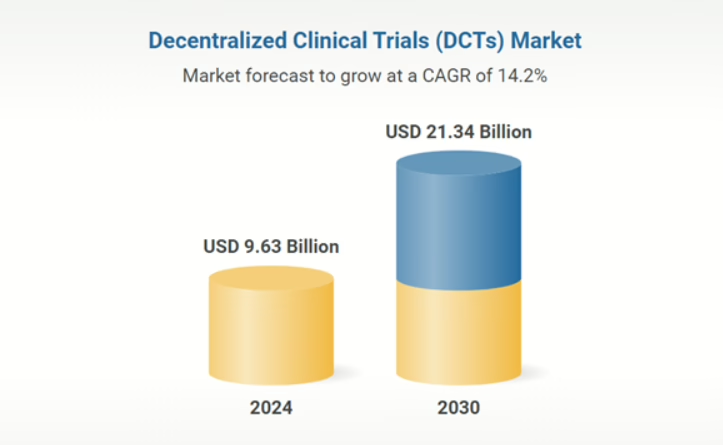
Companies are now creating dedicated campaigns to explain these “decentralized trials” and their benefits.
These marketing efforts focus on practical aspects like:
For rural patients who live hours from major cancer centers, these campaigns highlight how decentralized trials can make cutting-edge treatments accessible without relocation or extensive travel.
Also See: B2B Healthcare Marketing: Beginner’s Guide For 2024
The cancer journey is deeply human – filled with moments of terror and triumph, confusion and clarity. The most valuable innovations in oncology marketing are not the ones with the cleverest taglines or the most sophisticated targeting algorithms. They are the ones that make someone feel less alone in their struggle.
When a patient opens an email with information that speaks directly to the side effects they have been experiencing or watches a virtual reality demonstration that finally helps them understand how their treatment works, the technology behind these experiences matters far less than the moment of relief they provide.
The best cancer communicators remember that behind every data point is a person trying to navigate one of life’s most difficult journeys. They understand that honesty builds trust, that clear information empowers, and that sometimes what patients need most is to hear from others who have walked the same path.
As technology keeps changing the way we interact with cancer patients, we should evaluate success not only by market share or engagement statistics but in more human ways: Did we make someone’s burden lighter today? Did we help someone understand something that scared them? Did we connect someone with exactly what they needed, exactly when they needed it?
Because in oncology, we are not just marketing treatments. We are offering lifelines of hope and understanding when they matter most.


